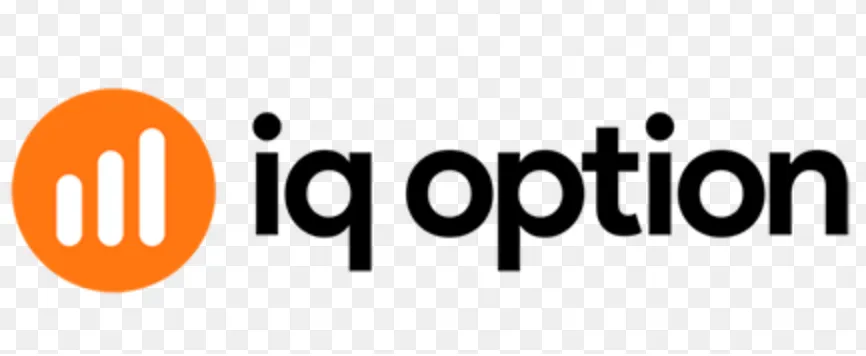| ETF | Price | Difficulty | Reliability |
|---|---|---|---|
| Vanguard High Dividend Yield ETF (VYM) | Low | Easy | High |
| iShares Select Dividend ETF (DVY) | Moderate | Moderate | High |
| Schwab U.S. Dividend Equity ETF (SCHD) | Low | Easy | High |
| SPDR S&P Dividend ETF (SDY) | Moderate | Moderate | High |
| Global X SuperDividend ETF (SDIV) | High | Difficult | Moderate |
Top High Dividend ETFs to Invest in for Long-Term Income
Dividend-focused investing is a popular strategy for long-term investors seeking stable income and growth potential. High Dividend Exchange-Traded Funds (ETFs) offer an easy, diversified approach to capture the benefits of high dividend-yielding stocks without the need to pick individual companies. Here's a look at some top high dividend ETFs and key considerations to help you make informed choices.
1. Vanguard High Dividend Yield ETF (VYM)
- Overview: VYM is a well-established ETF by Vanguard that tracks the FTSE High Dividend Yield Index. It includes large-cap stocks known for paying above-average dividends.
- Pros:
- Low expense ratio of 0.06%
- Consistent dividend yield averaging around 3%
- Stable performance due to its high-quality, diversified portfolio
- Cons:
- Less exposure to small and mid-cap stocks
- Limited upside during high-growth market conditions
- Why Invest: VYM is ideal for conservative investors looking for reliable, long-term income with minimal volatility.
- Website: [Vanguard - VYM](https://investor.vanguard.com/etf/profile/vym)
2. iShares Select Dividend ETF (DVY)
- Overview: DVY by iShares focuses on U.S. stocks with a consistent track record of dividend payouts, favoring those with high yield and financial stability.
- Pros:
- Strong dividend yield, often around 4%
- Exposure to diverse sectors including utilities and consumer goods
- Cons:
- Higher expense ratio at 0.38%
- Volatile due to energy and utility sector exposure
- Why Invest: DVY offers higher yields than many other ETFs, making it suitable for income-seeking investors willing to manage some volatility.
- Website: [iShares - DVY](https://www.ishares.com/us/products/239722/ishares-select-dividend-etf)
3. Schwab U.S. Dividend Equity ETF (SCHD)
- Overview: SCHD tracks the Dow Jones U.S. Dividend 100 Index, known for focusing on high-quality companies with a strong dividend history.
- Pros:
- Low expense ratio of 0.06%
- Dividend yield averaging around 3.5%
- Portfolio includes financially sound companies
- Cons:
- Limited international exposure
- More focused on large-cap companies, which may limit growth
- Why Invest: SCHD is a solid choice for long-term investors looking for reliable dividends and low management fees.
- Website: [Schwab - SCHD](https://www.schwabassetmanagement.com/products/schd)
4. SPDR S&P Dividend ETF (SDY)
- Overview: SDY from SPDR focuses on U.S. companies that have increased their dividends consistently for at least 20 years.
- Pros:
- High dividend yield, often above 2.5%
- Focus on dividend growth rather than just yield
- Cons:
- Higher expense ratio at 0.35%
- Concentration in utilities and industrial sectors
- Why Invest: SDY suits those looking for companies with a history of dividend growth, offering both yield and stability.
- Website: [SPDR - SDY](https://www.ssga.com/us/en/institutional/etfs/funds/spdr-sp-dividend-etf-sdy)
5. Global X SuperDividend ETF (SDIV)
- Overview: SDIV offers a unique approach by including global companies and focusing on higher dividend yields.
- Pros:
- Diversified globally, including emerging markets
- Offers high dividend yields, often around 5-6%
- Cons:
- Higher expense ratio at 0.59%
- Exposure to high-risk stocks that may affect performance
- Why Invest: SDIV is for investors looking to maximize dividend income with a more aggressive, globally diversified strategy.
- Website: [Global X - SDIV](https://www.globalxetfs.com/funds/sdiv)
Comparison Table
Here’s a comparative summary of these ETFs based on factors such as price, difficulty (of investment management), and reliability.
```html
```








